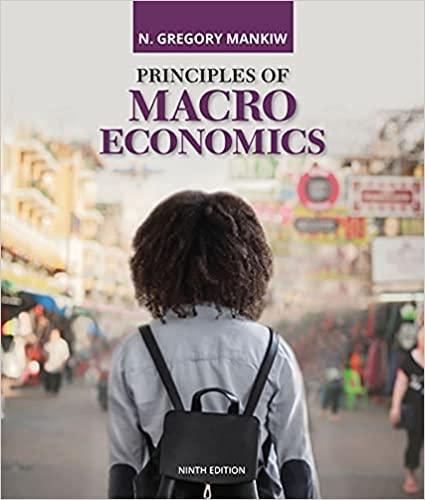In the early 1980s, new legislation allowed banks to pay interest on checking deposits, which they could
Question:
In the early 1980s, new legislation allowed banks to pay interest on checking deposits, which they could not do previously.
a. If we define money to include checking deposits, what effect did this legislation have on money demand? Explain.
b. If the Fed had maintained a constant money supply in the face of this change, what would have happened to the interest rate? What would have happened to aggregate demand and aggregate output?
c. If the Fed had maintained a constant market interest rate (the interest rate on nonmonetary assets) in the face of this change, what change in the money supply would have been necessary?
What would have happened to aggregate demand and aggregate output?
Fantastic news! We've Found the answer you've been seeking!
Step by Step Answer:
Related Book For 

Question Posted:






